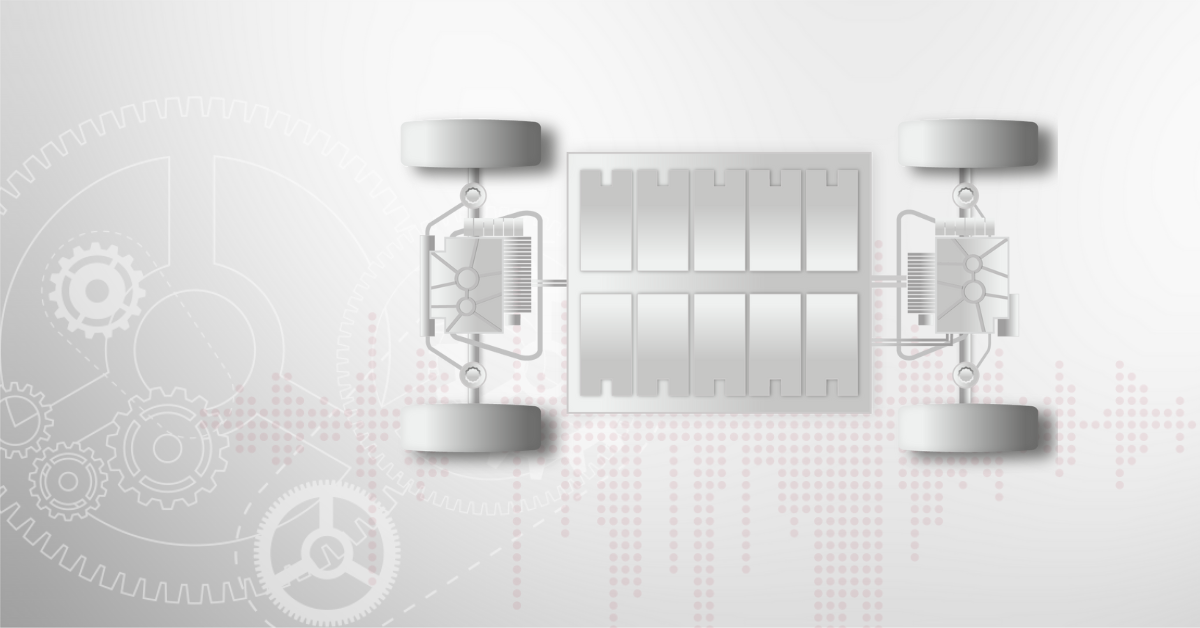Where can torsional vibrations become critical in the electric drivetrain?
The switch to electromobility is gathering pace. There are already 10.9 million e-cars on the road worldwide (2020) and this figure will rise to 34 million by 2030 (Ceresana forecast). When developing electric drivetrains, the focus is not only on the electric storage capacity, weight and size of the traction machine, but also on durable drivetrain components, driving comfort and therefore low-noise driving. Standard NVH analysis systems use airborne and structure-borne sound signals to investigate the generated noise, vibrations and their transmission paths, but usually ignore the mechanism of how these effects are generated.
How can noise excitation be better investigated, where can torsional vibrations become critical as well as dynamic loads, and which parameters should be recorded?
The following case study addresses these questions in detail and presents solutions.
